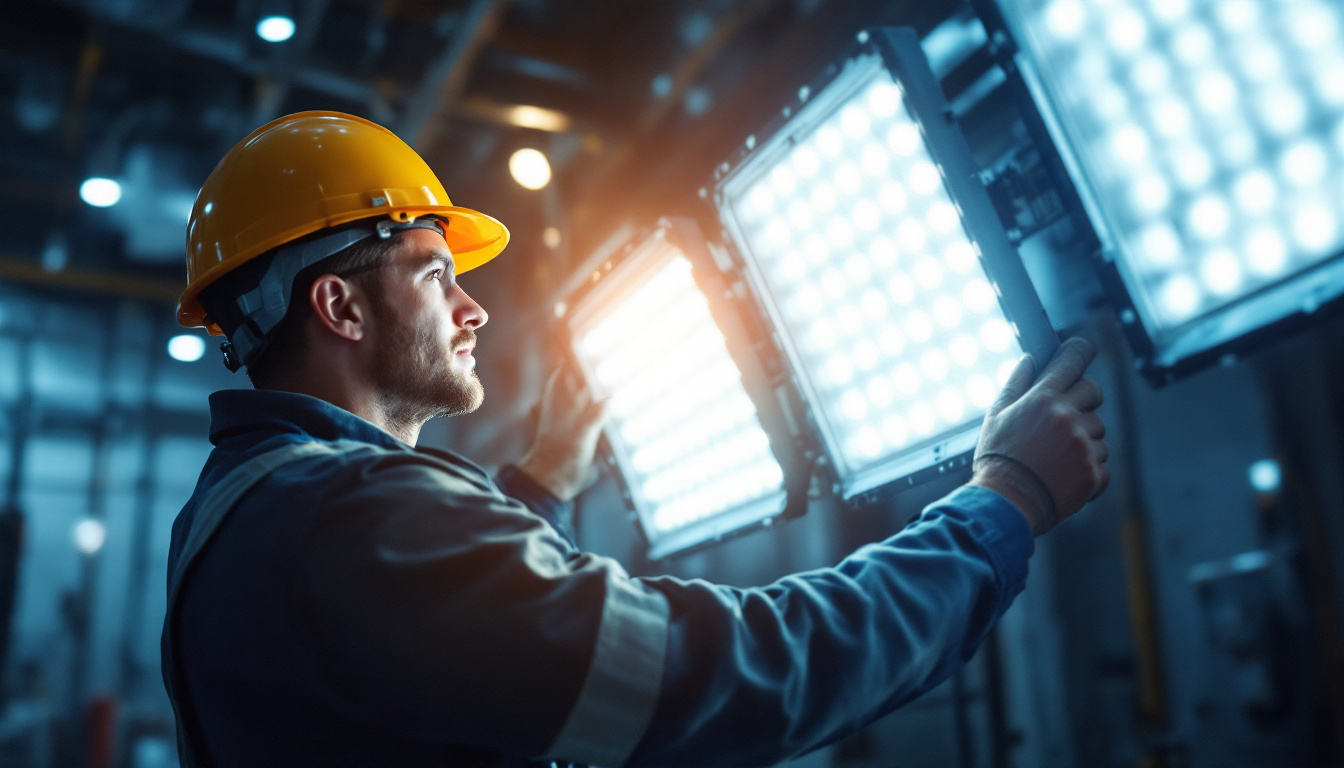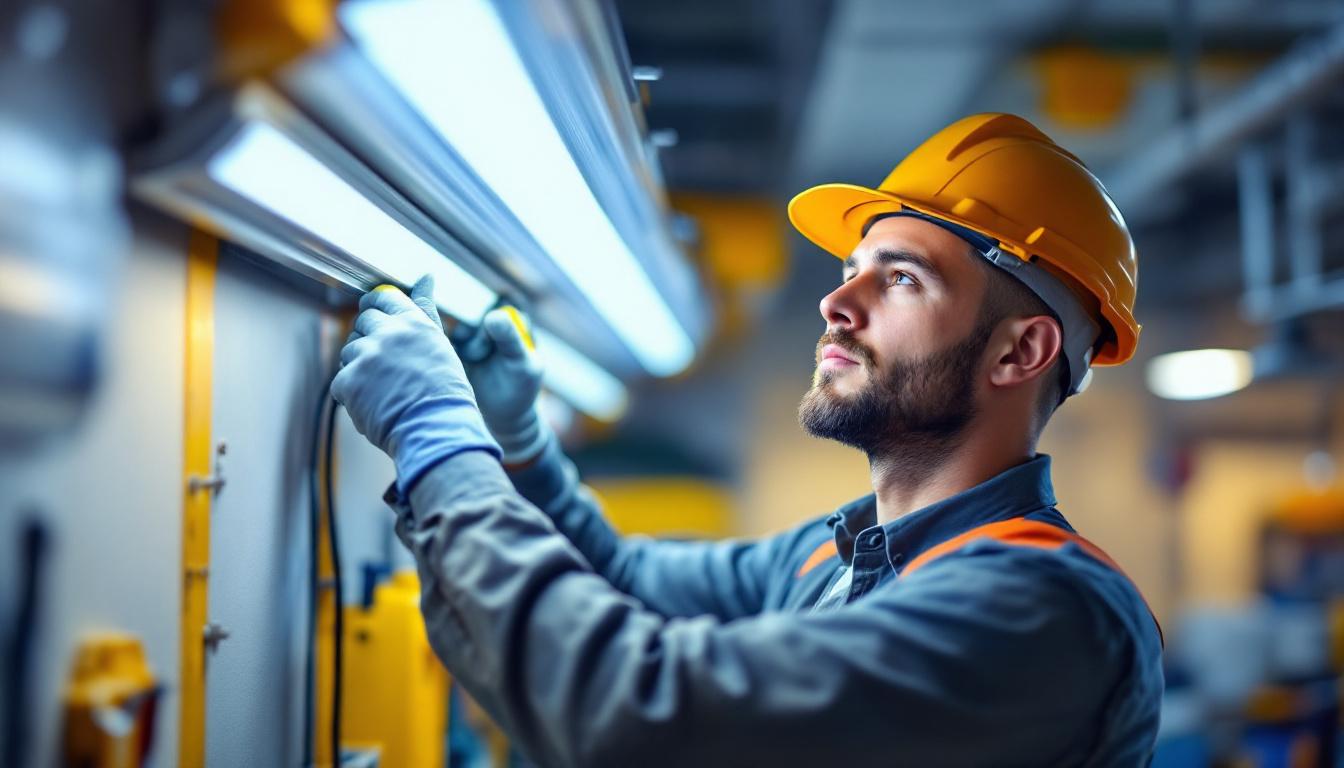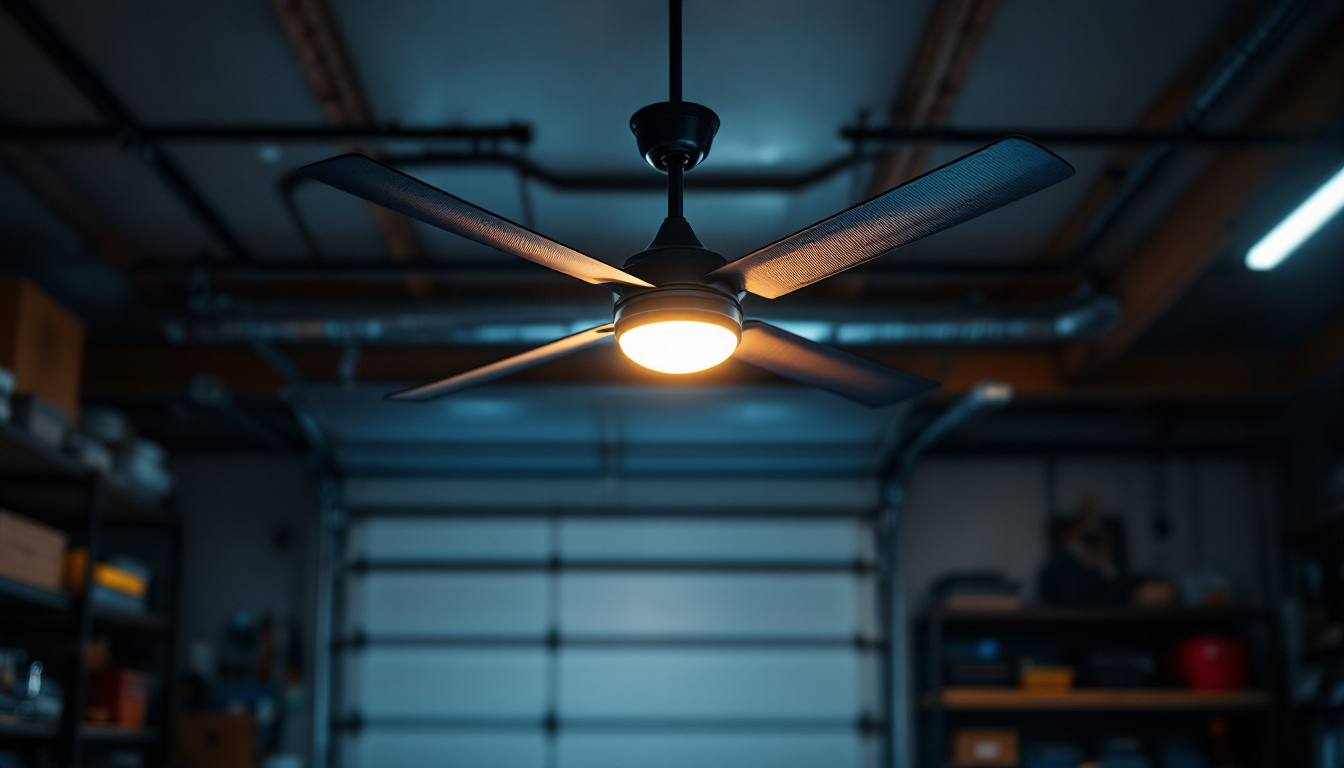
High Intensity Discharge (HID) lighting has become a staple in various applications, particularly in commercial and industrial settings. Understanding HID lighting is essential for lighting contractors who aim to provide efficient, effective solutions to their clients. This guide will delve into the intricacies of HID lighting, including its types, applications, advantages, and installation considerations.
High Intensity Discharge lighting refers to a type of electric light that produces light by creating an arc between two electrodes in a gas-filled chamber. This process generates a high level of brightness, making HID lights suitable for a wide range of applications. Unlike traditional incandescent bulbs, which produce light through a filament, HID lights are more energy-efficient and longer-lasting. This efficiency not only reduces energy costs but also lessens the environmental impact, making HID lighting a popular choice among eco-conscious consumers and businesses alike.
The most common types of HID lamps include Metal Halide, High-Pressure Sodium, and Low-Pressure Sodium lamps. Each type has its unique characteristics, making them suitable for different lighting needs. For instance, the versatility of Metal Halide lamps allows them to be used in both indoor and outdoor settings, while High-Pressure Sodium lamps are often favored for their ability to illuminate large areas with minimal energy consumption.
Understanding the different types of HID lighting is crucial for contractors to recommend the best options for their clients. Below are the primary types of HID lamps:
Metal Halide lamps are known for their excellent color rendering and high lumen output. They are often used in sports facilities, warehouses, and retail spaces where accurate color representation is essential. These lamps produce a white light, making them ideal for environments where visibility is critical. Additionally, the ability to dim these lamps without compromising their color quality makes them a flexible choice for various applications, allowing for energy savings during off-peak hours.
High-Pressure Sodium (HPS) lamps are characterized by their yellow-orange light. They are highly efficient and have a long lifespan, making them popular for street lighting, parking lots, and security applications. While they are not as effective in color rendering as Metal Halide lamps, their energy efficiency makes them a preferred choice for outdoor lighting. Moreover, HPS lamps have a unique advantage in foggy or rainy conditions, as their warm hue penetrates through poor visibility better than cooler light sources, enhancing safety on roadways.
Low-Pressure Sodium (LPS) lamps emit a monochromatic yellow light and are primarily used in street lighting and security applications. While they are extremely energy-efficient, their poor color rendering capabilities limit their use in areas where color accuracy is important. Interestingly, LPS lamps are often favored in areas with strict light pollution regulations, as their narrow spectrum of light minimizes the impact on nocturnal wildlife and preserves the natural night sky. This makes them an environmentally friendly option for municipalities looking to balance safety with ecological considerations.
HID lighting offers several advantages that make it an attractive option for contractors and their clients. Understanding these benefits can help in making informed decisions regarding lighting installations.
One of the most significant advantages of HID lighting is its energy efficiency. HID lamps produce more lumens per watt compared to traditional incandescent bulbs, resulting in lower energy consumption. This efficiency translates to reduced electricity bills, making HID lighting a cost-effective solution in the long run. Furthermore, many municipalities are now incentivizing the use of energy-efficient lighting solutions, which can lead to additional rebates or tax credits for businesses and contractors who choose HID technology.
HID lamps have a longer lifespan than traditional lighting options, often lasting up to 20,000 hours or more, depending on the type. This longevity reduces the frequency of replacements, which can save both time and money for contractors and their clients. Additionally, fewer replacements contribute to less waste, making HID lighting a more environmentally friendly choice. The durability of HID lamps also means they are less susceptible to damage from environmental factors, making them suitable for rugged outdoor settings where traditional bulbs might fail prematurely.
HID lamps are known for their high lumen output, providing bright illumination suitable for large areas. This characteristic makes them ideal for outdoor applications, such as parking lots and sports fields, where visibility is crucial. The ability to cover expansive spaces with fewer fixtures can also lead to lower installation costs. Moreover, the intense brightness of HID lighting enhances safety and security, as well-lit areas deter criminal activity and improve visibility for pedestrians and drivers alike. This is particularly important in commercial settings, where well-lit environments can foster a sense of safety and encourage patronage.
Another noteworthy advantage of HID lighting is its superior color rendering capabilities. Unlike some other lighting options, HID lamps can produce a spectrum of light that closely resembles natural daylight, which enhances the visibility of colors and details in various environments. This feature is particularly valuable in settings such as art galleries, retail stores, and manufacturing facilities, where accurate color representation is essential for both aesthetic and operational purposes. Additionally, the improved visibility can lead to increased productivity in workplaces, as employees are better able to see and differentiate between colors and details in their tasks.
HID lighting is versatile and can be used in various applications. Understanding these applications can help contractors identify the best solutions for their clients’ needs.
In commercial settings, HID lighting is often used in retail stores, warehouses, and manufacturing facilities. The high lumen output and excellent color rendering of Metal Halide lamps make them suitable for showcasing products and ensuring safety in work environments.
HID lamps are widely used for outdoor lighting applications, including streetlights, parking lots, and sports fields. High-Pressure Sodium lamps are particularly popular for street lighting due to their energy efficiency and long lifespan. The bright illumination provided by HID lamps enhances safety and security in outdoor spaces.
In industrial settings, HID lighting is crucial for ensuring visibility in large work areas. Metal Halide lamps are often used in factories and warehouses to provide bright, clear light, improving productivity and safety. Their durability and long lifespan make them a reliable choice for demanding environments.
When installing HID lighting, several factors need to be considered to ensure optimal performance and longevity. Contractors should be aware of these considerations to provide the best service to their clients.
HID lamps require a ballast to regulate the electrical current flowing to the lamp. Selecting the correct ballast is crucial for the efficient operation of HID lighting systems. There are two main types of ballasts: magnetic and electronic. Magnetic ballasts are traditional and reliable, while electronic ballasts offer improved efficiency and reduced flicker.
The design of the fixture used for HID lamps can significantly impact the performance and efficiency of the lighting system. Contractors should consider factors such as the type of lamp, the intended application, and the desired light distribution when selecting fixtures. Proper fixture design can enhance the overall effectiveness of the lighting installation.
Proper wiring and placement of HID fixtures are essential for achieving the desired lighting levels. Contractors should ensure that the wiring is rated for the specific HID lamp being used and that fixtures are positioned to provide optimal coverage. Additionally, consideration should be given to the height at which fixtures are mounted, as this can affect light distribution and intensity.
Regular maintenance is vital for ensuring the longevity and performance of HID lighting systems. Contractors should educate their clients on the importance of maintenance to prevent issues that could lead to premature failure or reduced efficiency.
Over time, dust and debris can accumulate on HID fixtures, reducing their light output. Regular cleaning of fixtures is essential to maintain optimal performance. Contractors should recommend a cleaning schedule based on the environment in which the fixtures are installed, ensuring that clients understand the importance of keeping their lighting systems clean.
Although HID lamps have a long lifespan, they will eventually need to be replaced. Contractors should educate their clients on the signs of lamp failure, such as flickering or dimming light. Proactive replacement can prevent unexpected outages and ensure consistent lighting levels.
Ballasts are critical components of HID lighting systems, and their maintenance is essential for optimal performance. Contractors should advise clients to monitor ballast performance and address any issues promptly. Regular inspections can help identify potential problems before they lead to lamp failure.
As technology continues to evolve, the future of HID lighting is likely to be influenced by advancements in lighting technology. While LEDs have gained significant popularity due to their energy efficiency and versatility, HID lighting still holds a place in specific applications where high lumen output and long-range illumination are required.
The integration of smart technology into lighting systems is becoming increasingly common. Contractors should stay informed about developments in smart lighting solutions that can enhance HID systems. Features such as remote monitoring, dimming capabilities, and automated control can improve energy efficiency and user experience.
As sustainability becomes a priority for many businesses, the environmental impact of lighting solutions is under scrutiny. Contractors should be aware of the environmental considerations associated with HID lighting, including the disposal of lamps and ballasts. Educating clients about recycling options and environmentally friendly practices can enhance the reputation of contractors in the industry.
High Intensity Discharge lighting remains a vital component of the lighting industry, offering numerous advantages for various applications. For lighting contractors, understanding the intricacies of HID lighting, from its types and advantages to installation and maintenance considerations, is essential for providing top-notch service to clients. As technology advances and the demand for energy-efficient solutions grows, staying informed about the latest developments in HID lighting will ensure that contractors remain competitive in the ever-evolving lighting landscape.
By leveraging the benefits of HID lighting and addressing the unique needs of each client, contractors can enhance their service offerings and contribute to a more sustainable future in lighting.
Ready to elevate your lighting projects with the highest quality HID lighting solutions? Look no further than LumenWholesale. Our commitment to empowering contractors with spec-grade lighting products at unbeatable wholesale prices sets us apart. With LumenWholesale, you can access a vast selection of premium lighting without the burden of inflated markups. Plus, our hassle-free bulk buying and free shipping mean you get the best value without any hidden fees. Don’t compromise on quality, affordability, or convenience. Wholesale Lighting at the Best Value is just a click away. Choose LumenWholesale for your next lighting project and experience the difference.

Discover the frequent pitfalls lighting contractors encounter when installing fan light fixtures.

Discover how LED light bulbs are revolutionizing the lighting industry by seamlessly integrating into fluorescent fixtures.

Discover why high bay LED lights are revolutionizing the lighting industry and what every contractor should know to stay ahead.

Discover how installing ceiling fans in garages can boost business for lighting contractors.